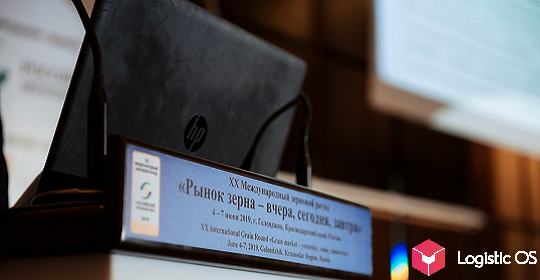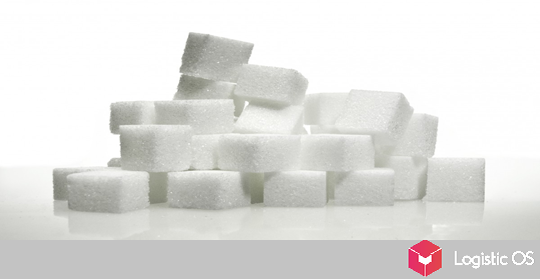According to the latest data, in the first eight months of this year, Russia supplied approximately 11 million tons of food products to countries on the African continent, worth almost $3 billion.
Experts note that this level is double the level seen in 2022 or 2023. Thus, we see that Russia is actively increasing its agricultural exports, despite the difficulties and restrictions it has recently faced, such as sanctions.
Such restrictions have negatively impacted trade, particularly with West African countries, but the situation has recently begun to gradually return to normal.
Currently, wheat is one of Russia’s main agricultural products, which is in high demand in Africa.
In 2024, wheat shipments to West Africa amounted to approximately 2 million tons, a significant amount. Experts note that, having reached this milestone, Russia has almost reached the level it was able to maintain before the sanctions.
At the same time, several African countries are particularly active buyers of Russian wheat.
First and foremost, these are countries such as Nigeria. It currently accounts for approximately 70% of all deliveries to West Africa, analysts emphasize.
Senegal and Mali, Burkina Faso and Gambia, as well as Ghana, Sierra Leone, and other countries, also play a significant role.
Wheat, however, is not the only promising commodity for export to African countries.
Vegetable oil exports are also currently experiencing rapid growth. For now, Africa primarily purchases palm oil. Last year, it purchased over 1 million tons of it, while sunflower oil purchases were only 1,000 tons.
However, experts are confident that, over time, there is every chance of making the African market an important sales region for Russian products.
African countries also import yeast, soft drinks, and flour from Russia.
Prospects for cooperation also exist in areas such as the export of meat and confectionery products, as well as powdered milk and fish.
Experts believe that overall, the potential for expanding Russian food supplies to Africa is very high. By 2030, this value could increase many times over today’s levels.
For Russia, this creates significant opportunities to open new markets and diversify exports.

